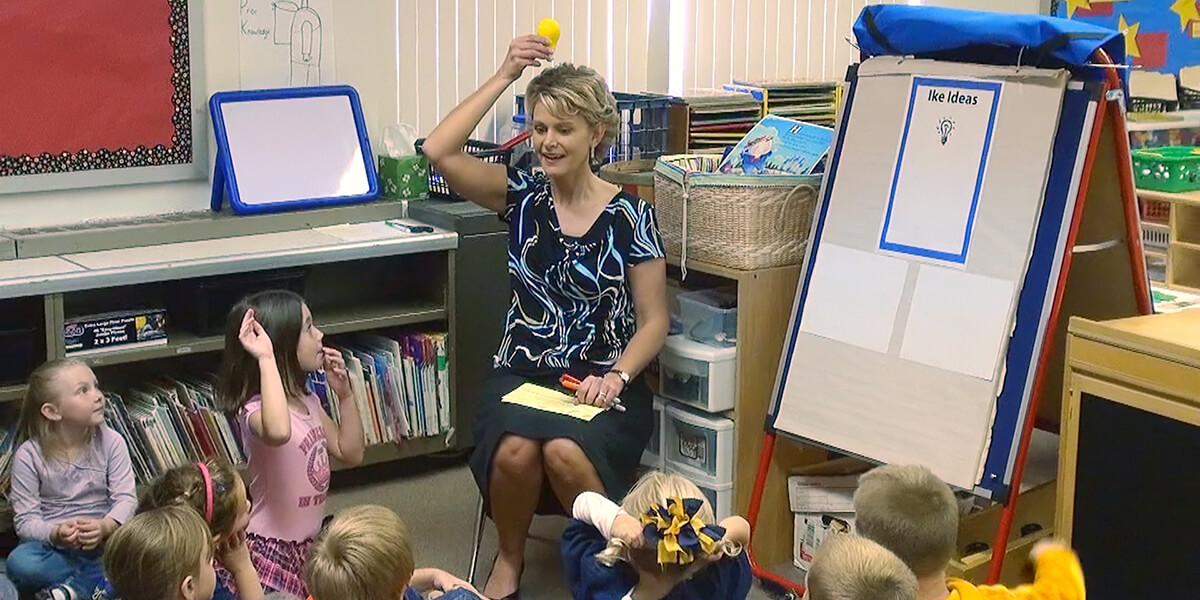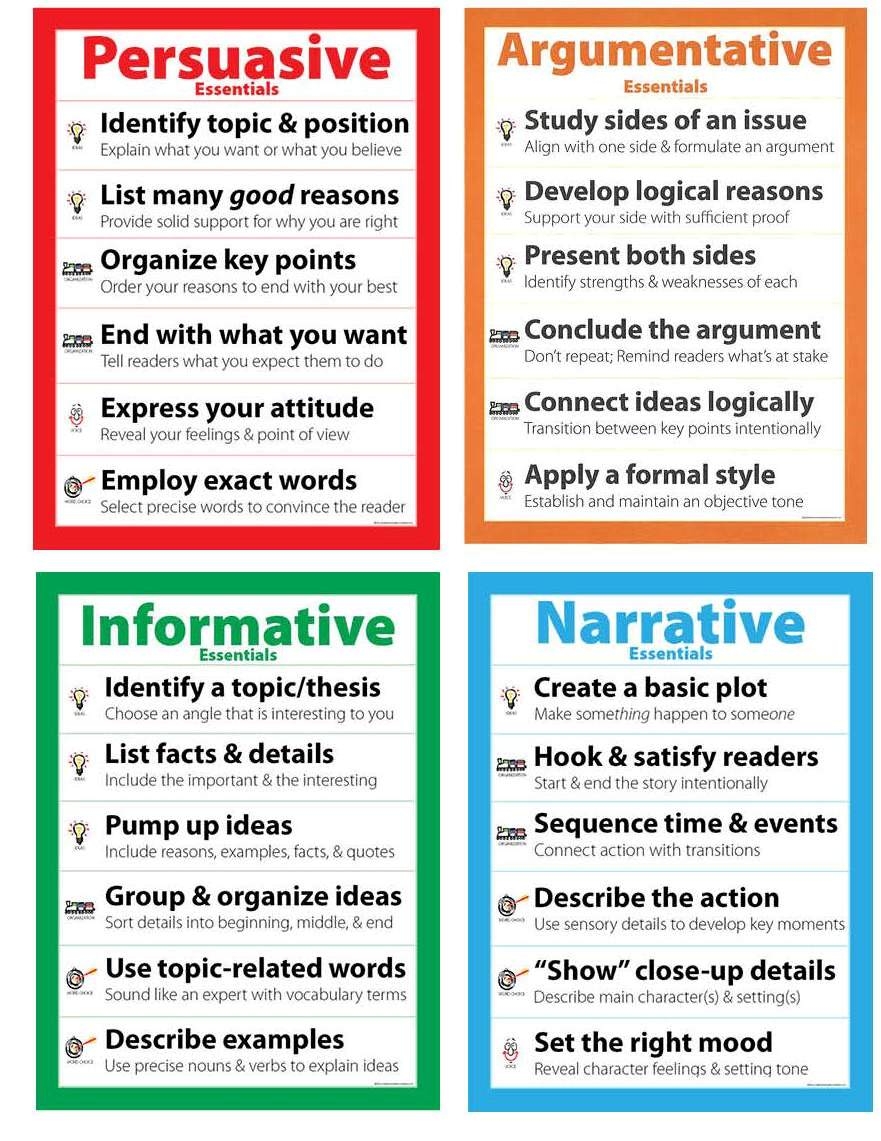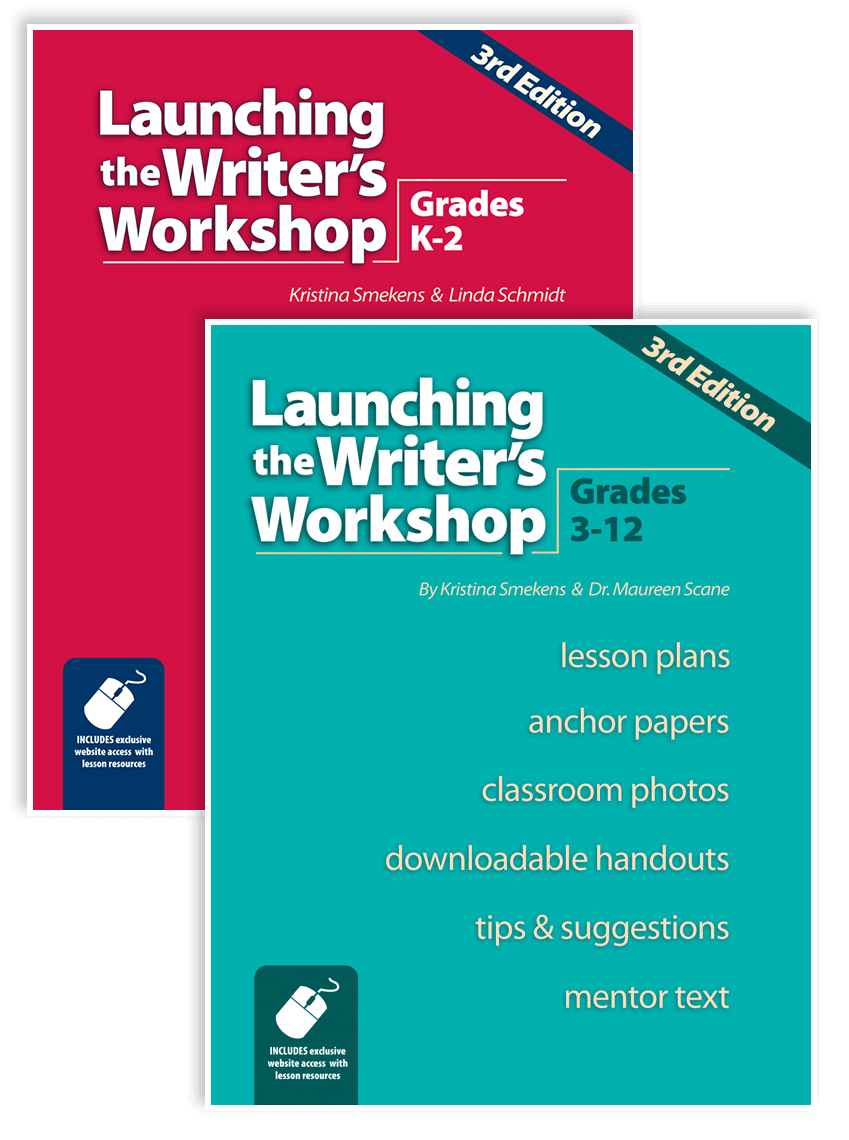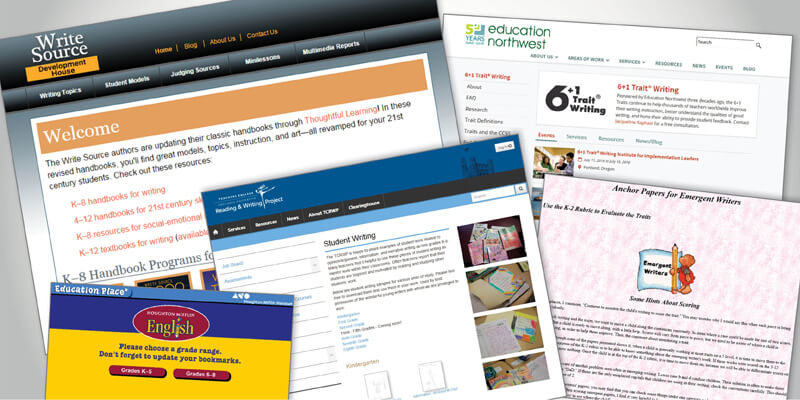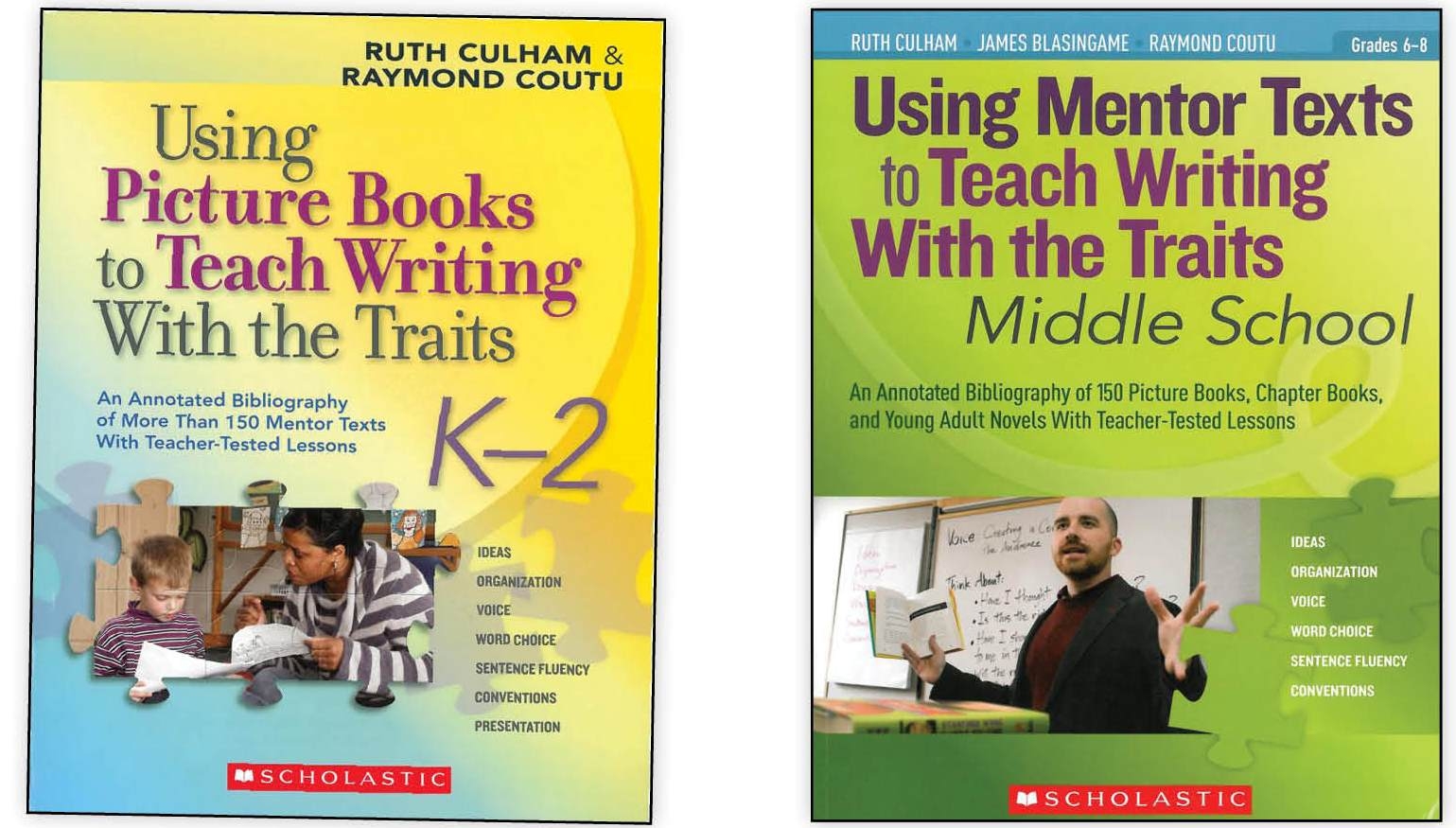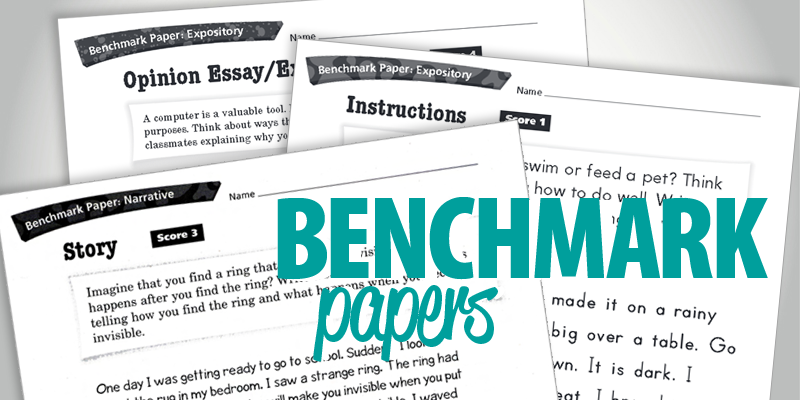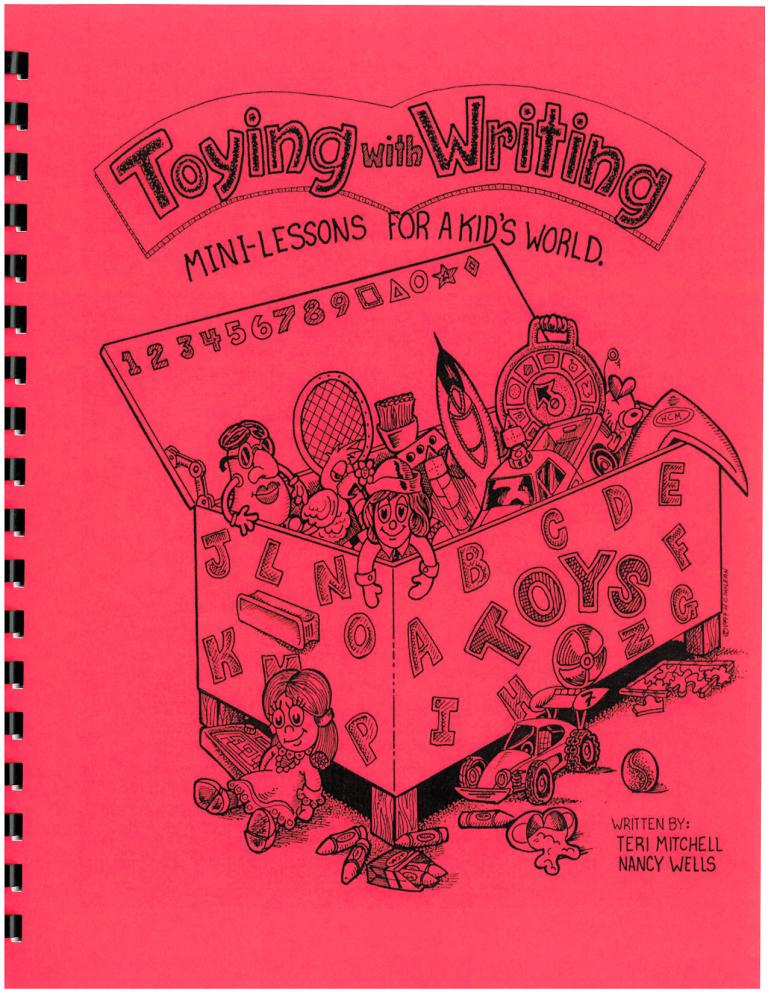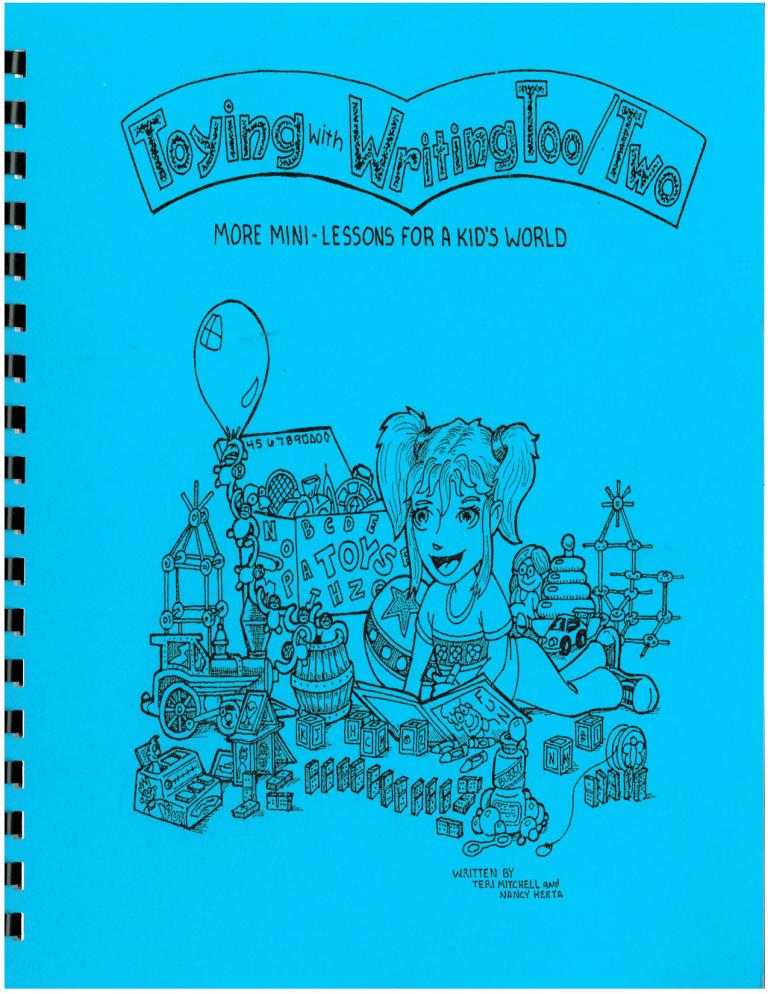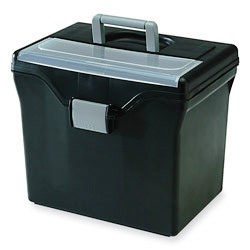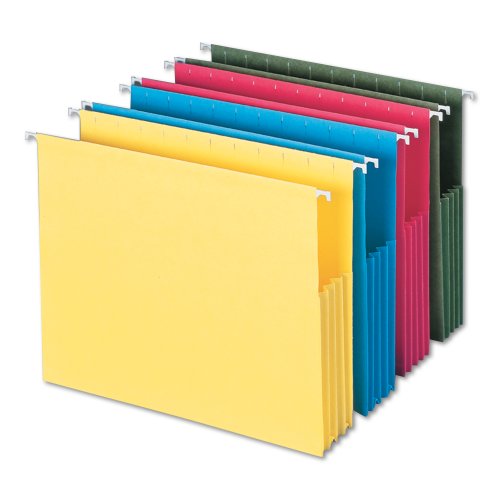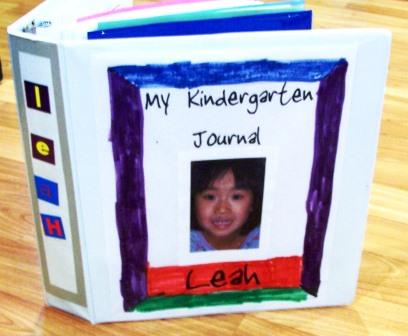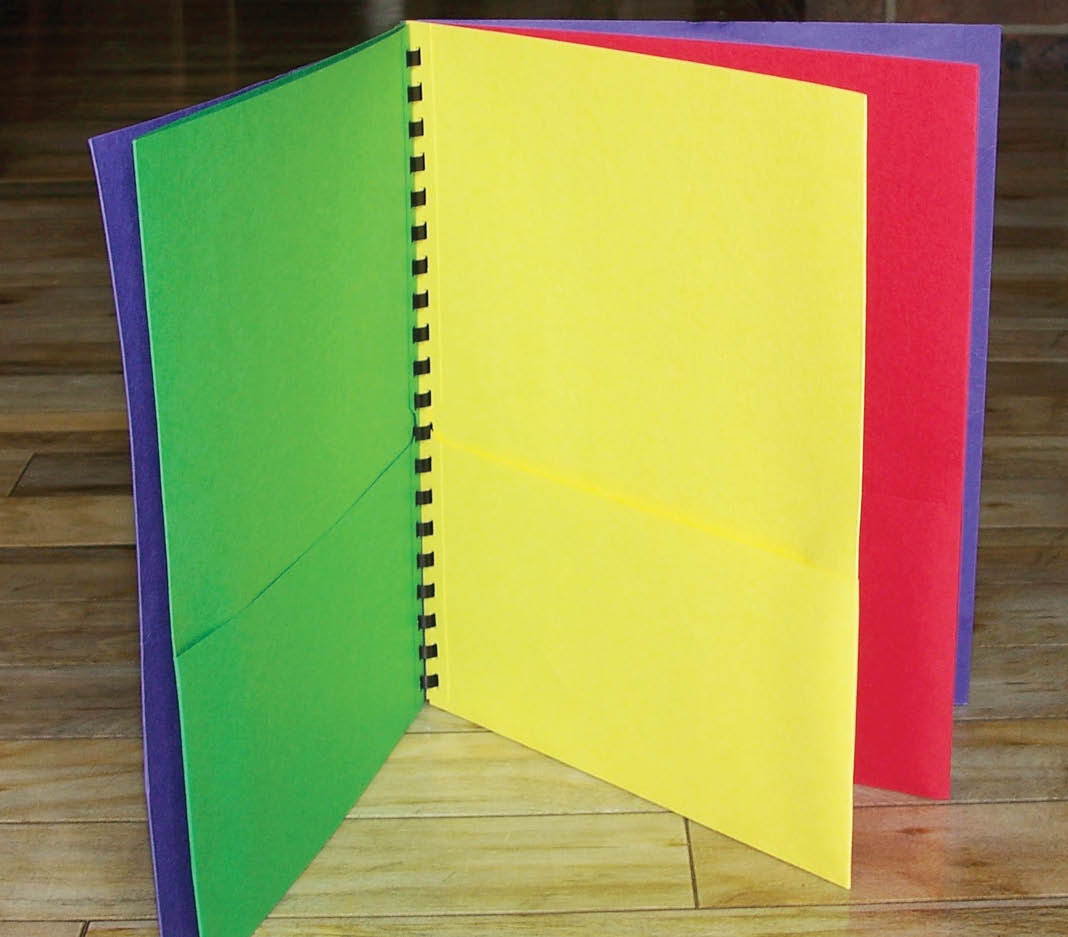Dynamic Mini-Lessons for Teaching Writing
SECRET SITE
Deliver Dynamic Mini-Lessons
Plan the 4 essential steps
STEP 1:
Puff Up the Pre-Write
STEP 2:
Puff Up the Pre-Write
STEP 3:
Puff Up the Pre-Write
STEP 4:
Puff Up the Pre-Write
Present skills in a multi-day series
3-Day Mini-Lesson Series | Word doc
Fit writing into your schedule
ELEMENTARY | Integrate the Writer’s Workshop within the subject area.
Identify Skills to Teach
Teach trait-based writing skills
Utilize Mentor Text
Collect student writing samples
Identify excerpts from published texts
Make intentional connections between reading and writing by showing mentor text whenever beginning a new writing genre.
Trait Trackers identify how excerpts from the same picture book can be used to reveal evidence of all six traits.
Purchase Ruth Culham’s book with a suggested list of mentor texts appropriate for primary and middle school teachers.
Integrate mentor text into lessons
Mentor text can play a powerful role in conventions/grammar mini-lessons.
Make Lessons Visible
Increase engagement with visual triggers
Grade Range
K-2
3-12
K-2
K-5
K-8
K-8
K-12
K-12
3-12
3-12
3-12
3-12
3-12
3-12
6-12
Trigger/Object
Balloon
Balloon
Wooden blocks
Middle train car(s)
Giant magic straw
Yo-Yo
Cheerios box
Bow on a present
Nesting boxes
Space-saver bag
Table
List paper
Flipbook
Slinky
3-Course meal
Writing Skill
Toying with Writing and Toying With Writing, Too/Two detail mini-lessons for writing that all include a suggested toy or object to use as a visual trigger.
Organize Lesson Materials
Create a Writing Crate of lesson resources
Manage Writer’s Notebooks
Maximize the efficiency & efficacy of students’ notebooks
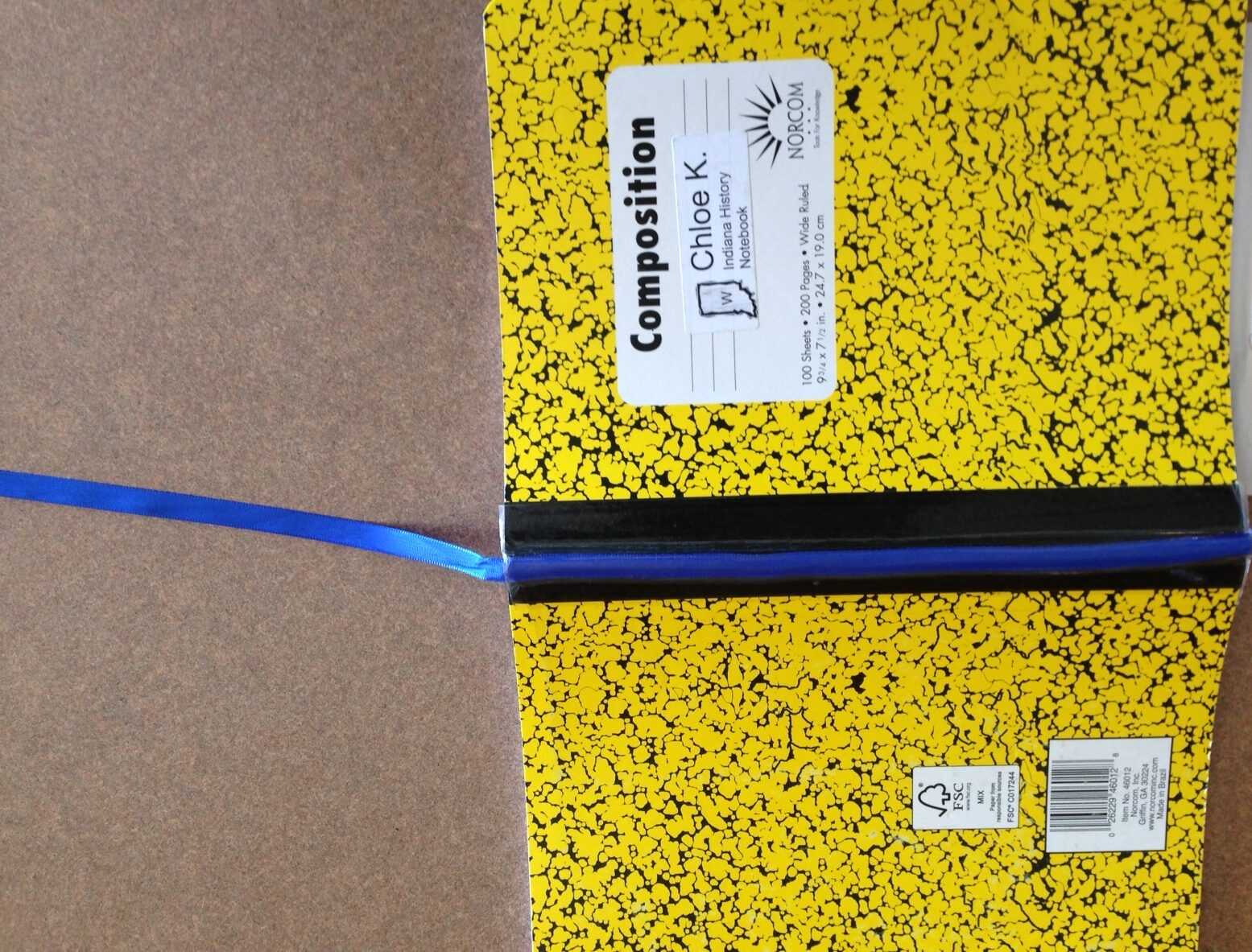

Add a quick-find bookmark with a piece of ribbon taped to the spine of a composition notebook.
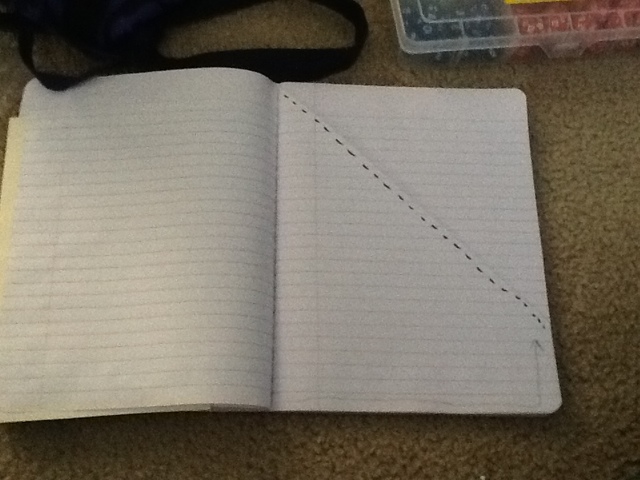

Create a pocket by folding over a page and gluing it to the next one.


Add a pocket by adhering a small envelope to the inside front or back cover of a composition book.
Primary teachers love this writer’s notebook concept by Tonya Gill, kindergarten teacher in Westfield Washington Schools (Westfield, IN).
Consider the flexibility of loose paper when creating a writer’s notebook. The “spolder” idea is a great one for those who have access to a comb-binding machine.


Use 1 folder with tabs and 1-3 additional pocket folders without tabs. Turn the pocket folders inside out and hole-punch them. Using the tabs, fasten them together.
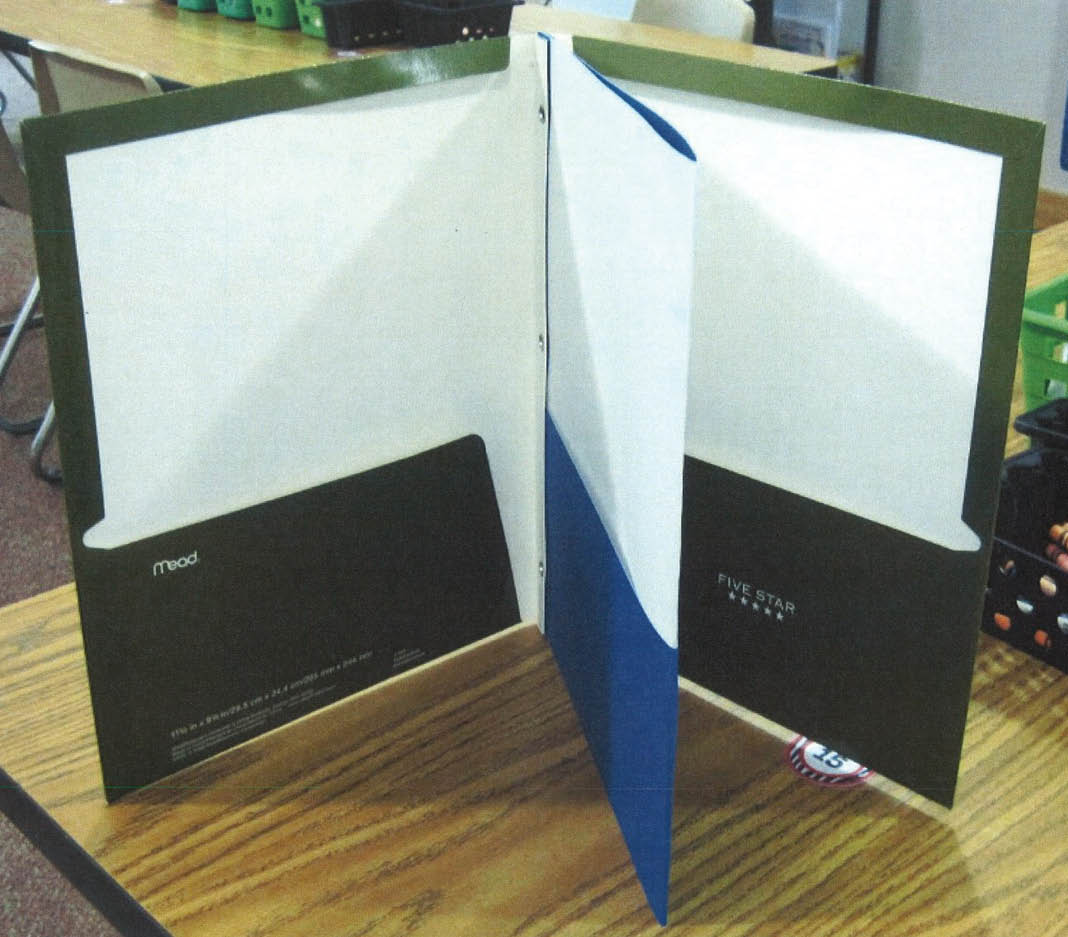

Each pocket folder provides two more sections of storage within the writer’s notebook.




